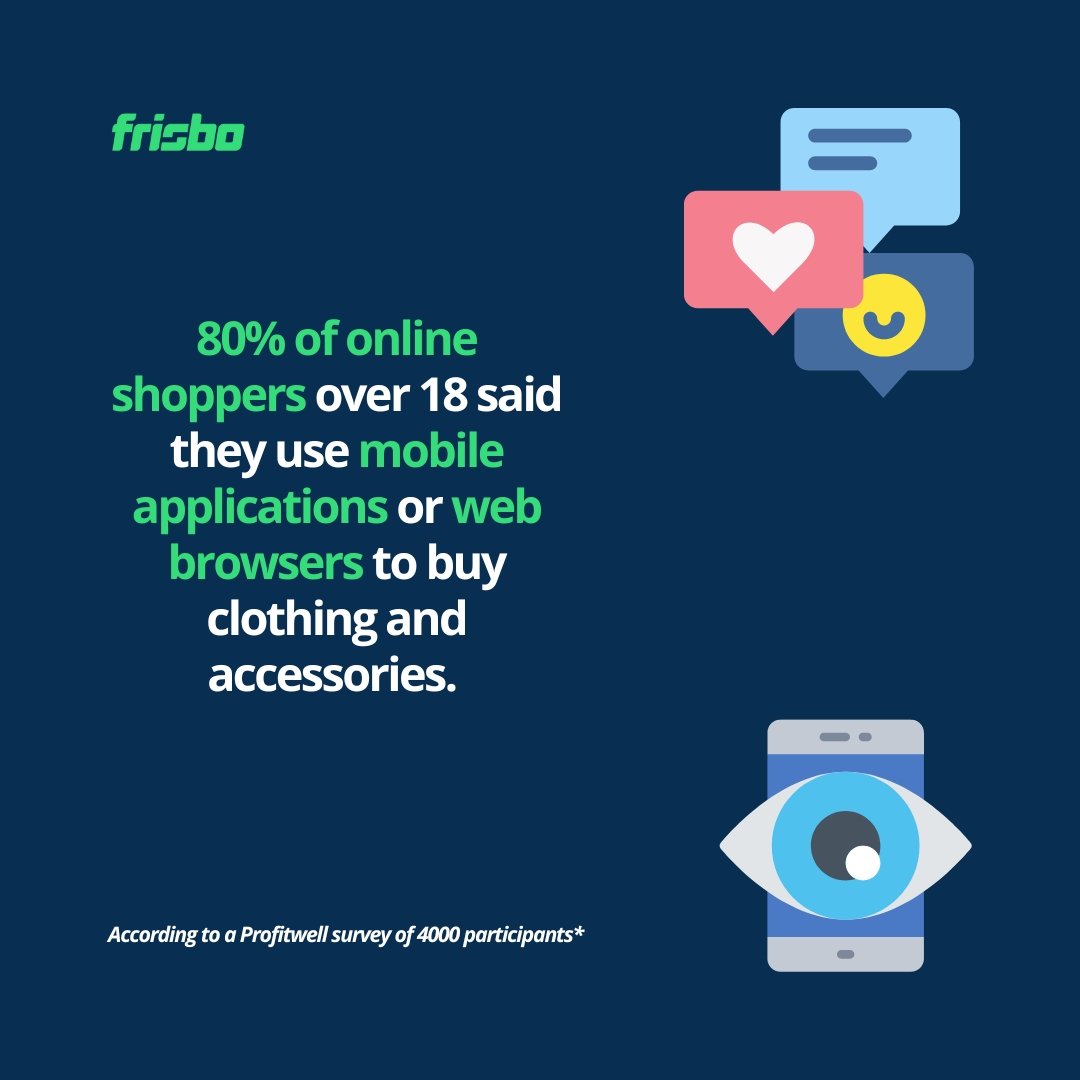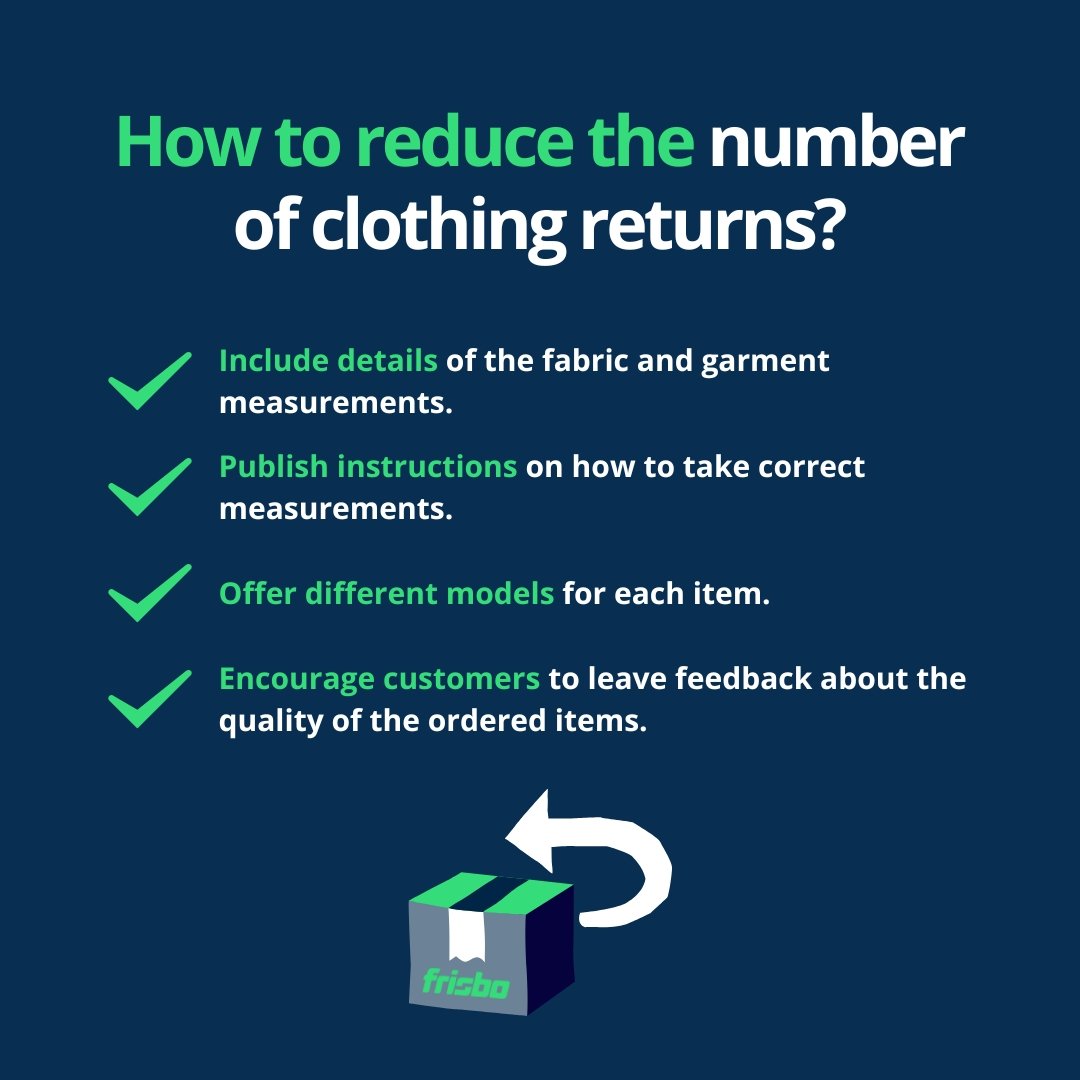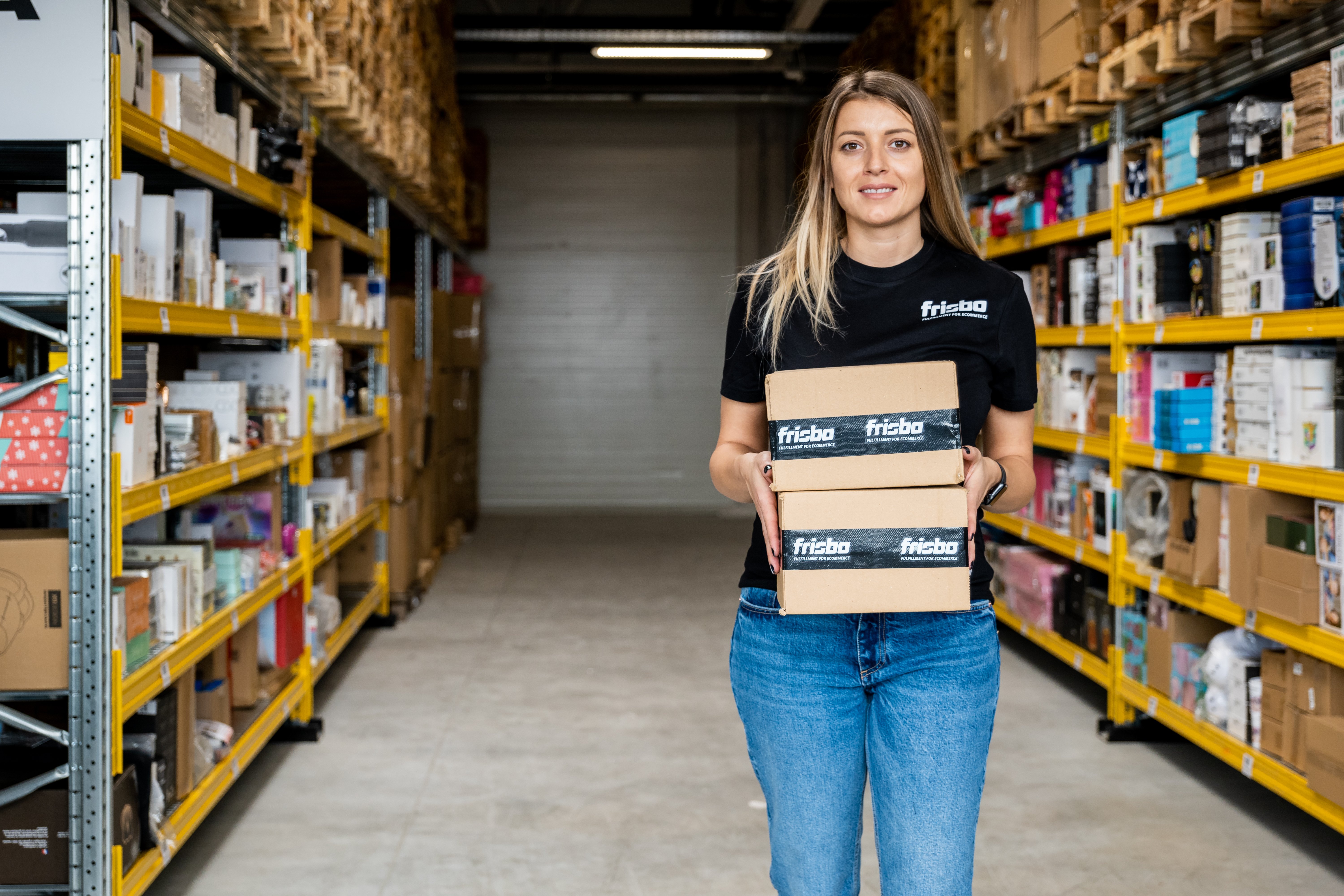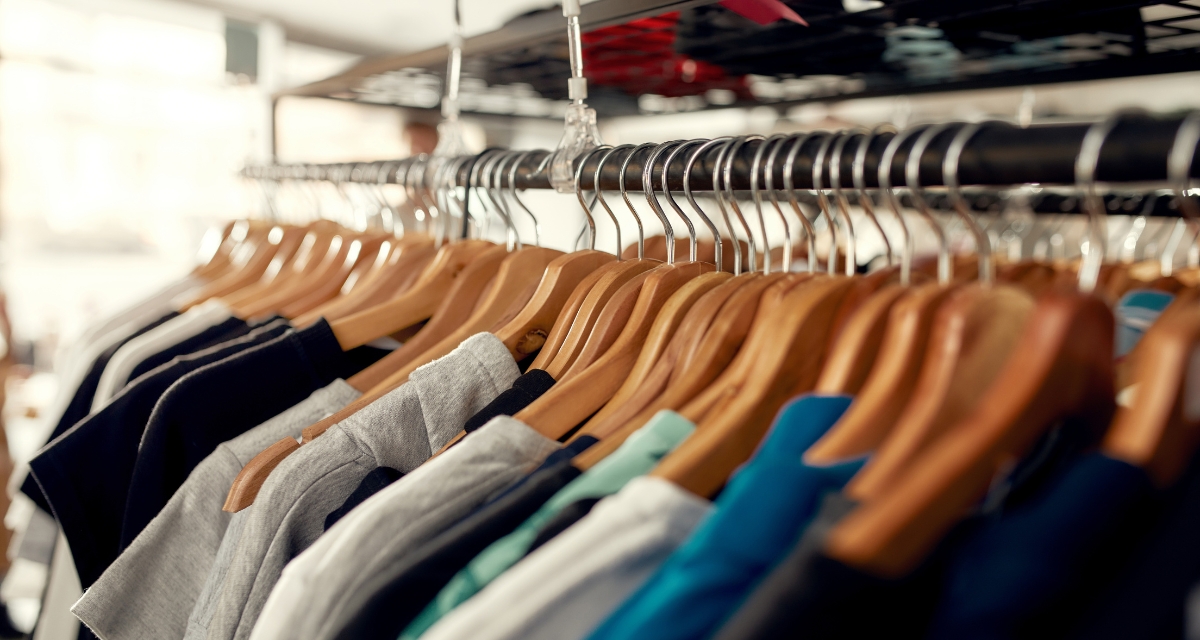The fashion industry is one of the most exciting, ever-changing industries. However, fashion fulfillment has been a constant challenge for e-commerce merchants who want to stay ahead of the curve. This is why keeping up with trends that drive competition and evolution in such a fast-paced market is essential.
We’ve put together a guide to help you make sure your business stays on top of the latest fashion e-commerce trends and takes advantage of the most beneficial apparel fulfillment practices. Let’s delve into it.
1. Statistics and trends in fashion e-commerce
2. Fulfillment challenges when selling clothing
3. Solution: Outsource fashion logistics with a 3PL
Statistics and Trends in Fashion E-commerce
The fashion e-commerce market is growing at an unprecedented rate, and consumers are more than willing to buy clothes online rather than in stores or boutiques. In 2022, data estimated that over $900 billion would be spent on apparel and accessories online. The primary trigger of these growth predictions?
The ease of online selling in today’s e-commerce world.
To put it in perspective, social media and mobile devices have grown by 200% since 2018.
Numbers are on the rise
People love fashion along with its variety and seasonality. The fashion industry makes a lot of money since clothes are essential to one's identity and personal style. For example, fast fashion contributed about $30.58 billion to the industry's value in 2021, while luxury has contributed about US$108,396 million.
Fashion e-commerce = Social Media and mobile sales
The main drivers of the fashion market are sales made on social media and mobile devices.
With Instagram's help, businesses can simultaneously promote their brands while selling their goods. Thus, customers can access their favorite fashion articles from any location at any time.

From over 4,000 online shoppers over 18 who participated in a survey conducted by Profitwell, 80% said they use mobile applications or web browsers to buy clothing and accessories.
Fashion gained a global perspective
E-commerce can no longer be considered anything other than a worldwide industry. International sales are becoming more common, and consumers are more eager to buy things from other countries.
A 2021 survey found that 57% of more than 2,000 online customers from the UK, US, Germany, and Australia had made at least one cross-border transaction in the previous year.
What items are people most likely to purchase from international e-commerce websites? Exactly! Clothing and footwear.
Fulfillment challenges when selling clothing
With the growth of online shopping comes various challenges related to order fulfillment. From managing inventory and ensuring timely delivery to handling returns and customer complaints, fulfilling online fashion orders can be complex and time-consuming. Below, we will explore some of the common challenges online fashion retailers face in order fulfillment, as well as strategies and solutions to overcome them.
Dealing with high SKU quantities
Online clothing retailers stock many SKUs similar in appearance, thus turning inventory management into a challenge. Additionally, given the seasonal nature of the products, there is a constant need for rotating inventory based on seasonality.
This is why large numbers of SKUs come down to more costs and time, whether you’re fulfilling orders from your warehouse or a third-party fulfillment center.
Entering an SKU into a warehouse management system should be a flawless operation so that every time your apparel store processes orders, you don’t have to worry about if the customers receive the right design, color, and size of the T-shirt they ordered.
One way to make sure your company is operating efficiently, even during peak sales periods, is by using a warehouse management system. This software automatically tracks what comes in and out of the warehouse—without you having to do any manual checking.
Storing items accordingly
To keep up with fulfillment and apparel e-commerce trends, you'll need storage methods that are flexible enough to accommodate all different types of merchandise and still preserve the items' shape and integrity. You'll also want secure storage options that take up only a little space or make it super easy for employees to access inventory.
Additionally, the storage space should be dry, clean, with moderate humidity, and without unpleasant odors, so you must think carefully about your chosen method for each item. Here’s a brief checklist:
- Store clothing of fragile materials prone to damage on hangers or designated racks.
- Keep the less demanding clothes on shelves, bins, or containers.
- Use storage materials like breathable wrapping or silica gel packets to keep your clothes dry.
Choosing the correct type of packaging
Fashion fulfillment needs durable and environmentally friendly packaging to ensure clothes reach clients in pristine condition and fulfill the ever-changing customer preferences. It has to withstand the potential rough treatment during shipping and should be easy for your customers to open without damaging their product.
Moreover, keep in mind that online customers are keen on sustainable shopping. This is why more and more consumers are now buying from fashion brands that align more with their values.
When thinking about the correct type of packaging for fashion fulfillment, we need to consider two key parameters:
Size - The clothing will be vulnerable to damage during delivery if crammed into inadequately sized packaging.
Type - Various packaging solutions are available for clothing and apparel, like envelopes with bubble filling, poly mailers, or boxes. Choose the option that best suits your clothing type. Here are some useful guidelines:
- Use envelopes/poly mailers for lightweight items like t-shirts, swimwear, blouses, etc. Poly mailers are a great alternative to boxes because they are less expensive, take less room, and are lower in dimensional weight.
- Use envelopes with bubble filling for small items and clothes with limited volumes, like socks, gloves, ties, undergarments, etc.
- Use cardboard boxes and garment bags for large volumes and luxury clothing. You can also add bubble wrap for additional padding.
- Pack items together where possible to reduce the waste of packaging material
Managing clothing returns
Returns are the new normal of online e-commerce, especially when buying clothing online. When deciding whether a T-shirt suits them, customers want to try it on.
Because of this, people who buy clothing in physical stores usually touch and try on the garments before making their purchase.
Moreover, what makes online clothing returns to be at exceptional levels is the huge clothing variety (both in terms of color and sizing). This also makes room for outcomes such as the t-shirt ordered doesn’t match the color from the website, or, instead of those trendy jeans, customers receive some cool sweatpants.
And here is another thing: some people change their minds overnight.
This contributes to the apparel return rate being higher than the returns rate of most other consumer goods.
One of the most effective way to reduce the number of clothing returns is to describe the items as accurately as possible. This can be done in various ways, but here’s a to-do list to tick off.
- Include details of the fabric and garment measurements.
- Publish instructions on how to take correct measurements.
- Offer your customers different models for each item.
- Encourage customers to leave feedback about the quality of the ordered items.
However, if the reason for returns is primarily due to poor inventory management, a fully automated WMS or simply outsourcing your fulfillment to a third-party logistics company will save you a lot of time recirculating the returned items into stock for you.

Solution: Outsource fashion logistics with a 3PL
With the specific needs of apparel brands in mind, a 3PL helps fashion retailers to enforce effective logistics strategies and make the most of their order fulfillment.
3PLs are an important part of the fashion industry, providing a wide range of services that help brands optimize their supply chains. From end-to-end order fulfillment to reverse logistics management and international shipping services, 3PLs can provide fashion retailers with everything they need to ensure customer satisfaction and loyalty.
At Frisbo, we do logistics for the online fashion store owners, while they focus on growing as many happy customers as possible. How? We help them:
Keep up with seasonality
Seasons and tastes change, but fashion logistics stay. They are key when dealing with order volume fluctuations. A flexible fashion fulfillment strategy helps you keep up with seasonality and scale your online store.
Get full control over your stock
With Frisbo, you watch the SKUs going in and out from one single dashboard integrated with all your sales channels. The availability of your apparel is updated in real-time, so you can bring more in before you run out.
Access expert Pick&Pack services
Apparel brands must meet higher customer expectations, as consumers are more cautious about their fashion purchases. This is why, with Frisbo, your customers will get their clothing packed under your brand guidelines, with the utmost care and responsibility to nature.
Have the largest European fulfillment network at your fingertips
73% of European online consumers buy from cross-border shops. With Frisbo, you access a flexible fulfillment network of 30 warehouses and counting all over Europe, so your apparel successfully integrates international fashion trends and demands.
Reach customers with Next-Day Delivery anywhere in Europe
Online shoppers take super-fast delivery for granted. With Frisbo, you reach your customers Next-Day anywhere in Europe. Don't worry, our algorithms know all the shipping carriers, so you don’t have to.
Are you looking for a fulfillment partner for your fashion e-commerce business? Frisbo integrates with all major e-commerce platforms and marketplaces, giving you access to the largest fulfillment network in Europe.
Request a quotation!





